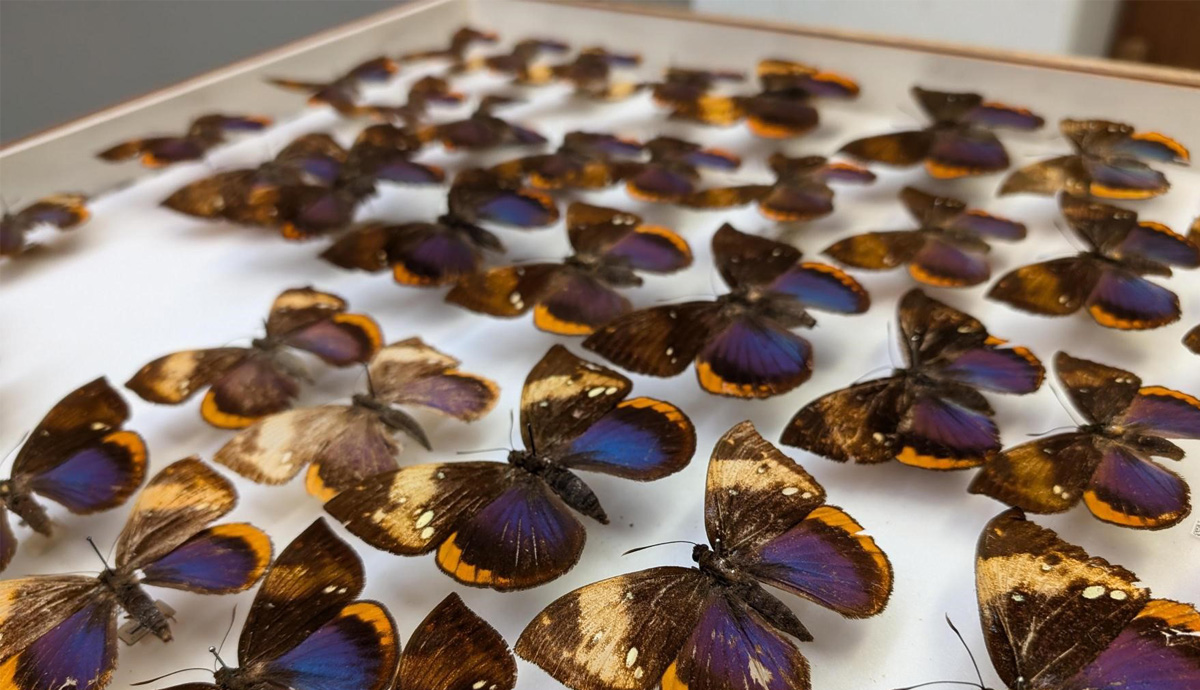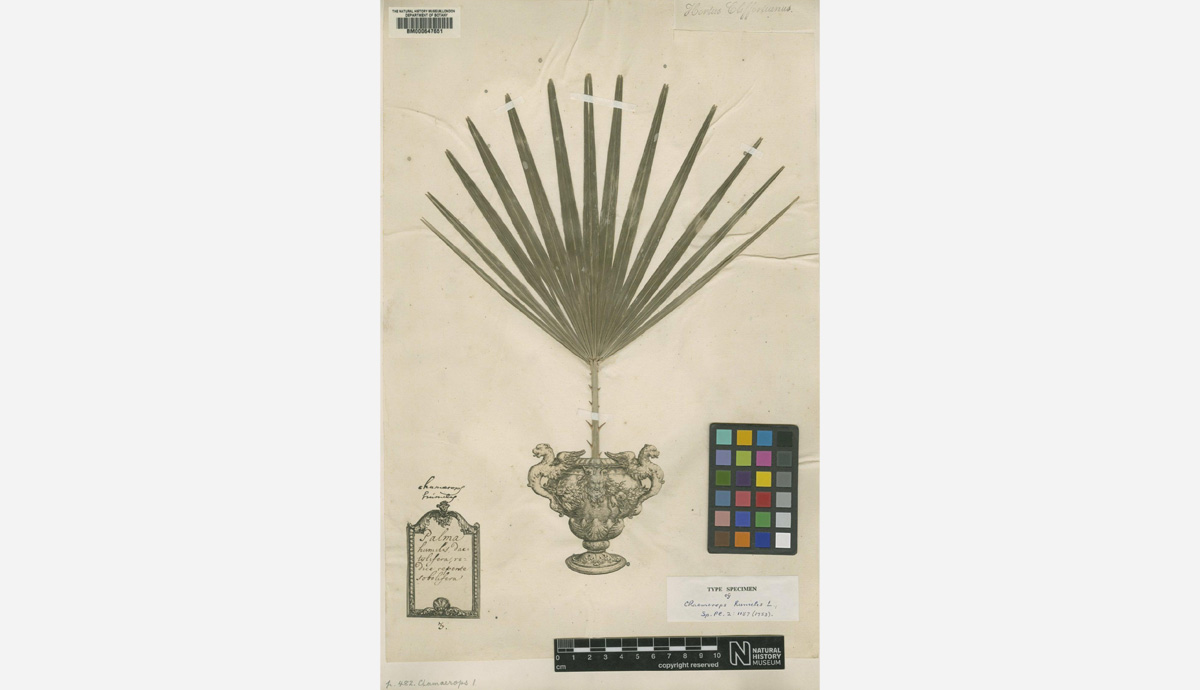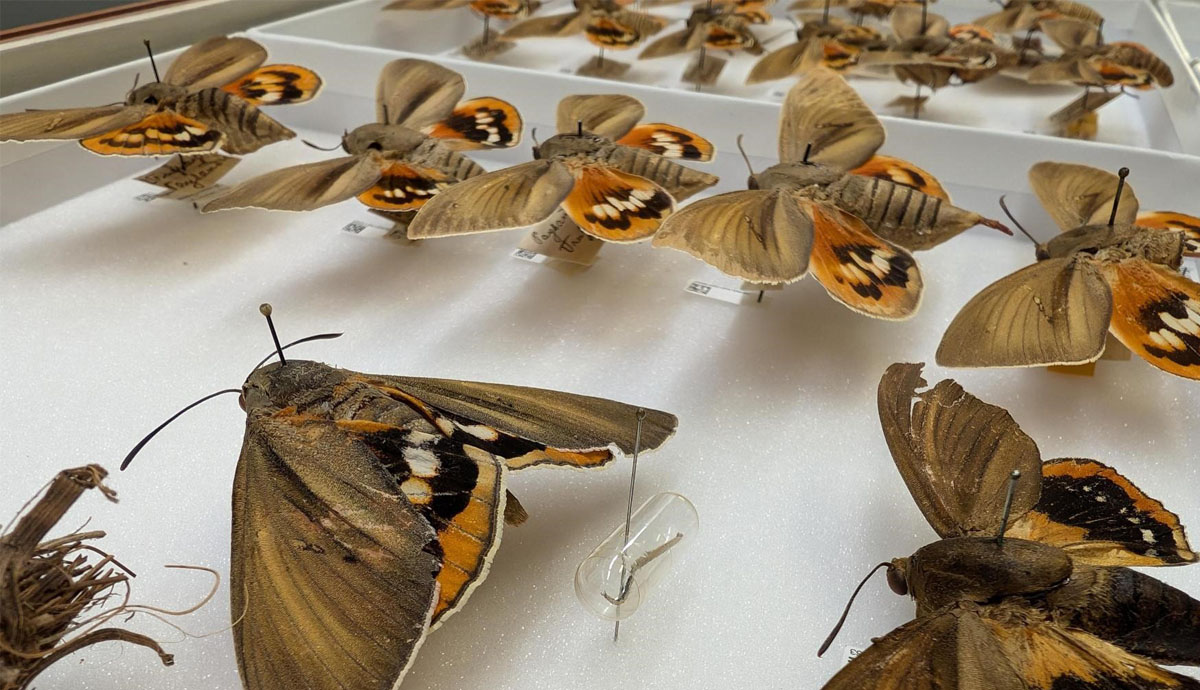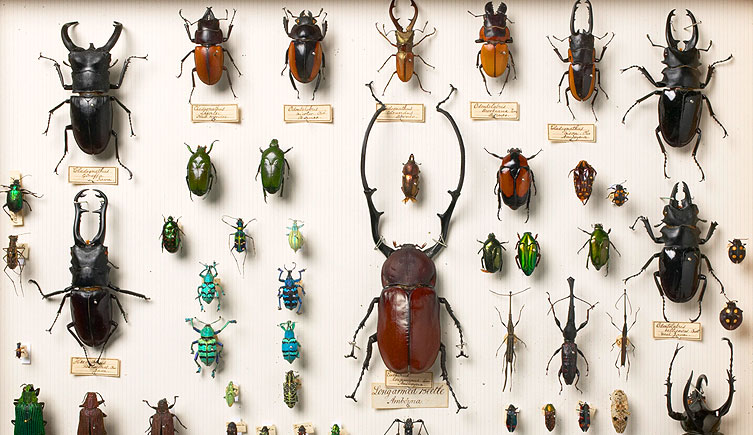The Museum’s digitisation team has undertaken a year-long project to digitise the giant butterfly-moths, also known as the Castniidae collection. Digitiser Glory Turnbull shares more.

Glory Turnbull is working to digitise the Museum's collections.
The Museum holds the largest Castniidae collection in the world, containing 5,670 specimens. These are a group of day-flying moths with brightly coloured hindwings and are often mistaken for butterflies. The digitisers have taken high-quality images and recorded essential data to release this information through the Museum’s Data Portal, where researchers and members of the public can access our collections for free.
The digitisation of this moth family supports vital work around invasive species, evolution, and our planet’s biogeographical history.

The Museum holds the world's largest collection of giant butterfly-moths.
Alberto Zilli is a renowned moth expert and recently retired as the Senior Curator of Lepidoptera at the Museum. Alberto told us, “There is a huge amount of environmental data held for each specimen. The entire collection is a massive database of ecological information.”
Each specimen is a record showing that a species was present in a particular location and that the environmental conditions were ideal for supporting it.
Museum collections are some of the only places where you can access biodiversity records that go back centuries to understand how human activities have impacted our planet. By digitising and sharing this data with the world, we increase access to this vital data that could hold the answer to protecting our planet for the future.
Digitisation is a major catalyst for scientific discovery. Our digitised specimens have been used to demonstrate that climate change is causing stress in bumblebees and the early emergence of butterflies in warm springs and summers.
Palm tree pests

As its name suggests, the palm moth (Paysandisia archon) is a pest to palm trees.
Several Castniidae species, including the palm moth (Paysandisia archon) larvae, are considered pests of palm trees. Changes in the distribution of species due to human activity can be seen very clearly in this family.
Most palms are native to tropical and subtropical climates. They thrive in moist and hot climates, such as the wet, lowland forests of South America and the Caribbean, where most Castniidae moths are found.
There is a long history of importing attractive tropical plants to Europe, particularly along the Mediterranean, where the climate is favourable. During the continuous import of non-native palm species, the palm moth has been introduced to these areas and can now be found as far north as the British Isles.

Populations of European fan palm (Chamaerops humilis) are under threat from palm moths (Paysandisia archon), which have been introduced into their range.
Palm moth larvae are destructive to palm trees because they feed on the tree’s trunk. This leaves massive holes, weakening the tree and leading to its demise. Thankfully, these moths are uninterested in native plants, but that’s not always the case for invasive species.
In the UK, invasive species have been identified as one of the top five threats to the natural environment and have been recognised in the UK’s biosecurity regime.
A 2021 paper by Hardy et al estimated that the digitisation of our collection could return more than £2 billion in value, particularly in the areas of biodiversity conservation, medicines discovery, agricultural research and development, and control of invasive species like Paysandisia archon.
A better understanding of species and inter-species interactions can help develop the most minimal interventionist responses. The digitisation of collections helps to provide faster access to specimens and other research datasets, facilitating faster detection.
Opportunities for new discoveries

While primarily found in Central America, there are disparate populations of giant butterfly-moths found all over the world.
Bob Worthy is one of the world’s experts on giant butterfly-moths, co-authoring more than ten publications on the family. Bob has been volunteering at the Museum for the last decade. As a taxonomist, he is most interested in the classification of these insects and their relationships with one another.
“There’s lots of scope for original work in this group,” Bob told us. “There’s very few people that have done much work on them, and they’re very poorly studied and very poorly known.”
“This leaves room for exciting discoveries, like new species and genera. Our entire understanding of the group and how it relates to other moths might be turned on its head.”
While primarily found in Central America, there are disparate populations of Castniidae found all over the world. Populations in Asia include the genus Tascina, while the small but mighty genus Synemon, commonly called sun moths, can be found solely in Australia and Oceania.
Through the distribution of these moths, we can track changes in landmass and historical patterns of migration. The images and data recorded during digitisation make a new world of discovery possible.
Moths on the move: setting our data free
The Museum is on a journey to digitise all 80 million specimens in our collection.
Digitisation projects are a collaborative effort between curators, digitisers, and volunteers. Digitisers are highly skilled, handling hundreds of specimens per day. With a steady hand, they manipulate fragile specimens so that they can be photographed and catalogued to a high standard. Releasing our collection on the Museum’s Data portal means that each specimen can be examined digitally by any scientist around the world without further risk to the specimen.
Since 2015, we have seen 49 billion records downloaded over 1 million download events and over 4500 scientific papers cite our digital collection. Over 2025, our digital collection was cited on average three times every day by the global scientific community.
UK natural science collections hold more than 137 million items. The UK’s collections are among the world’s most geographically, historically and taxonomically important. The uses and values of collections like these are unparalleled, from tracking biodiversity loss to informing policy and finding cures for diseases.
Over the next ten years, the Natural History Museum will take this experience of digitising the collection to a new level as we lead the new national programme to digitise UK collections.
Discover the Castniidae dataset and more on the Museum’s Data Portal and learn more about DiSSCo UK and the tremendous potential held in our natural science collections.

Castniidae collection
We hold the largest collection of Castniidae in the world. Our collection has been digitised to improve access and support research into this insect family.

Collections
Our 80 million objects span 4.5 billion years, from the formation of the solar system to the present day.